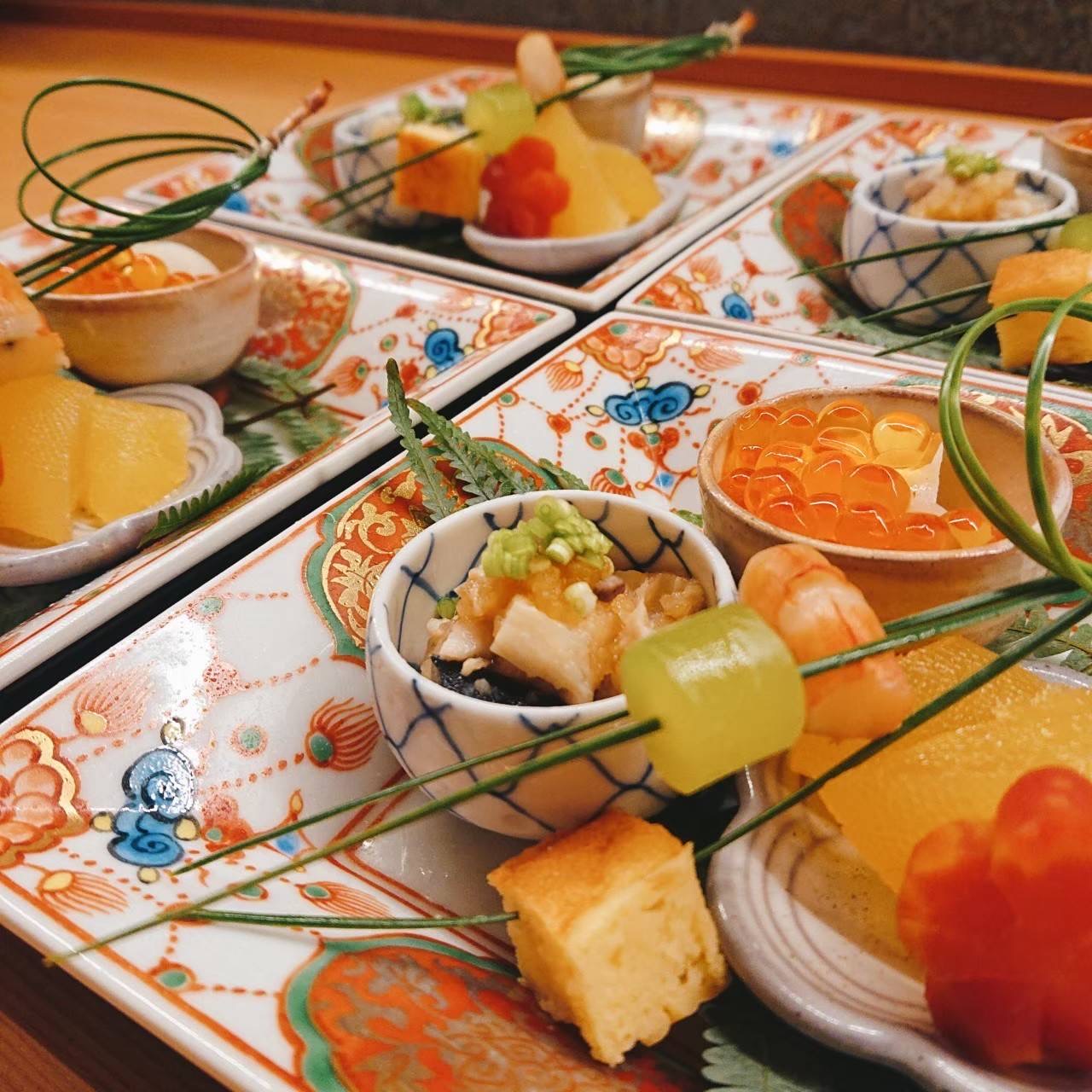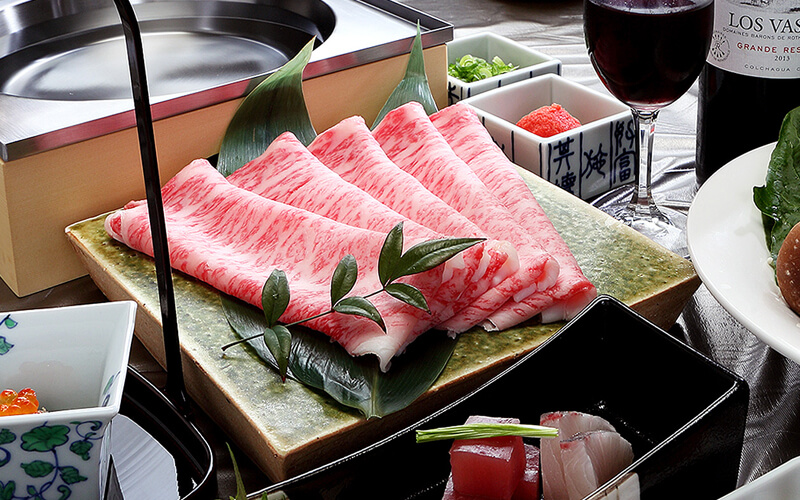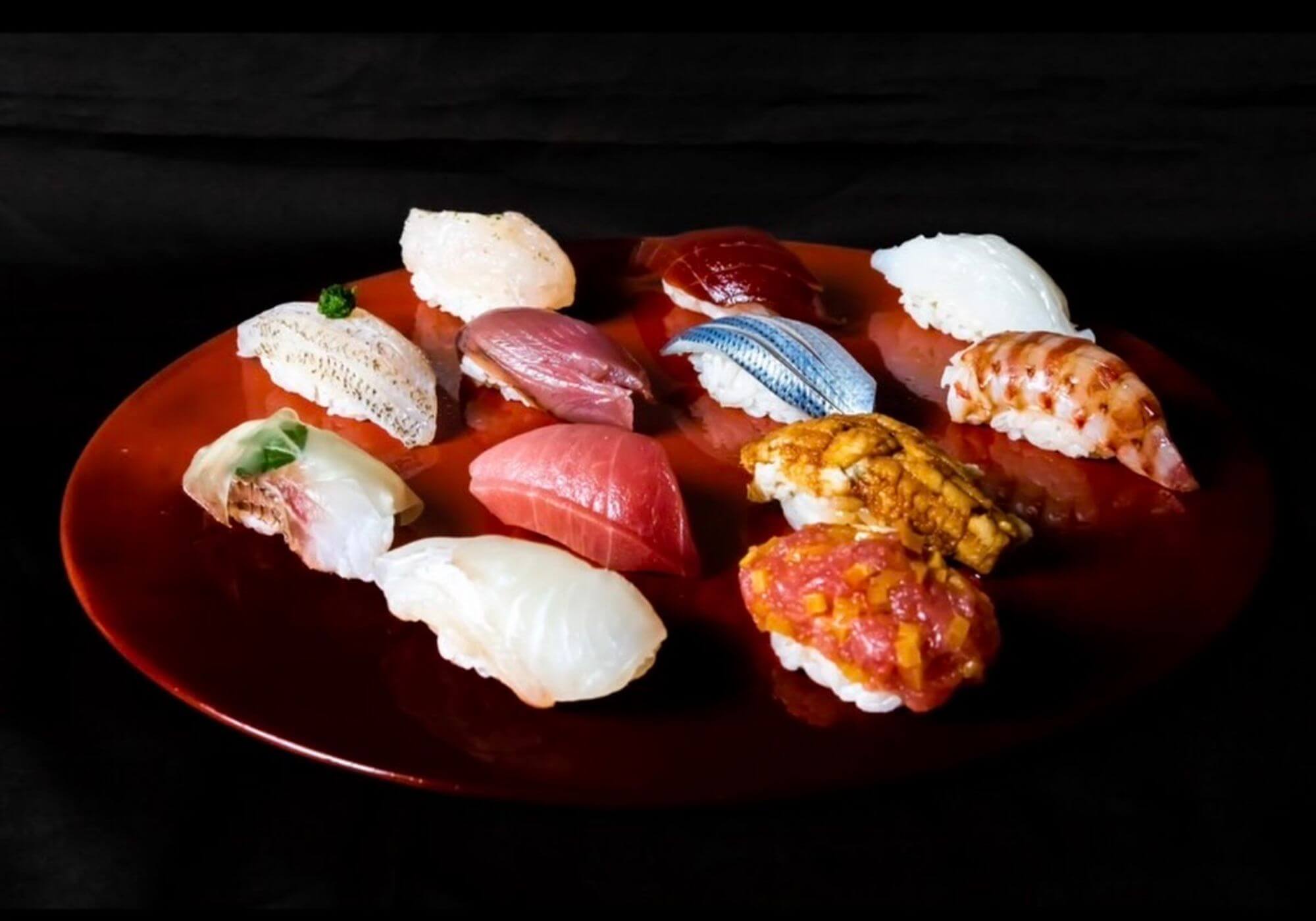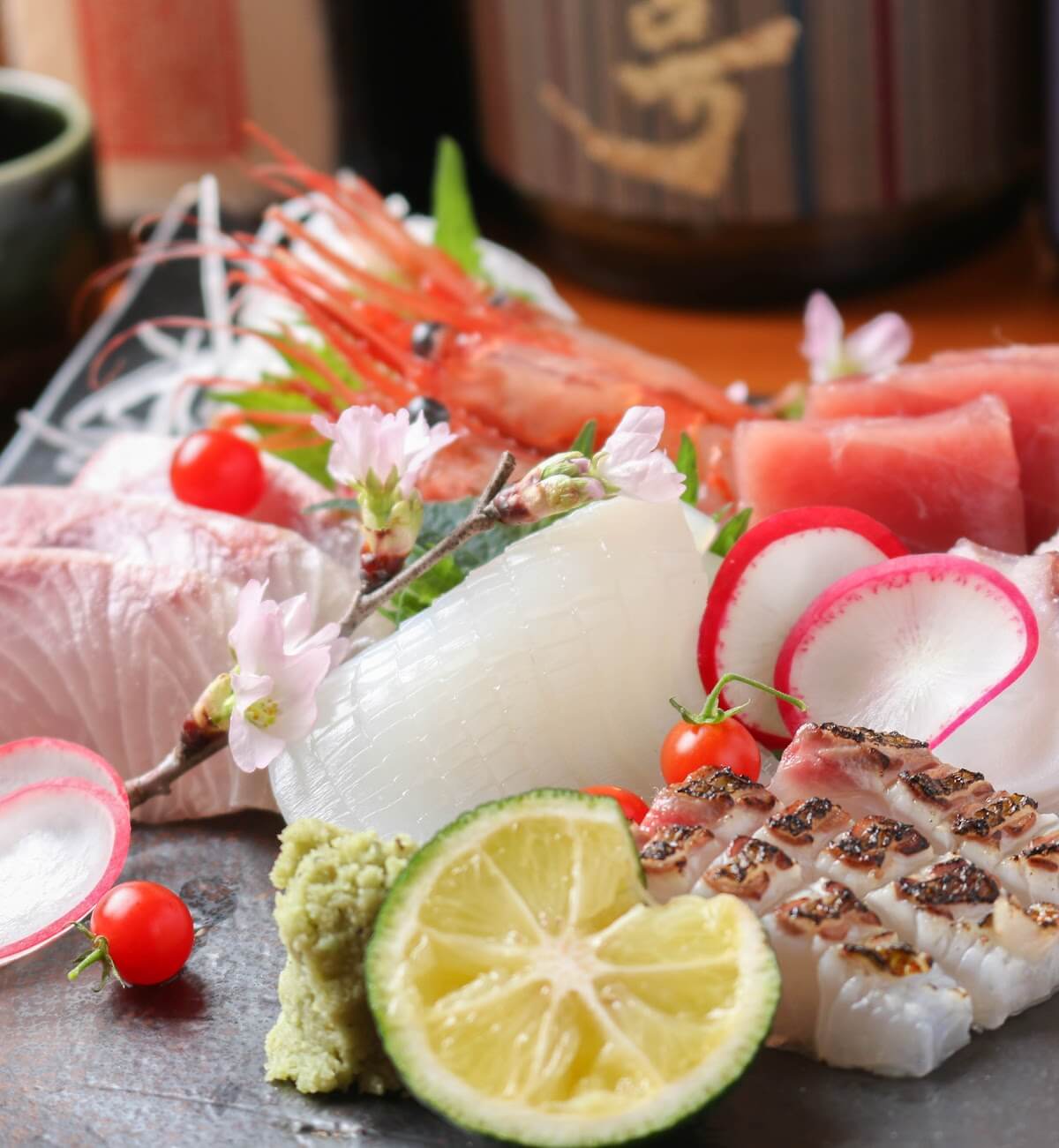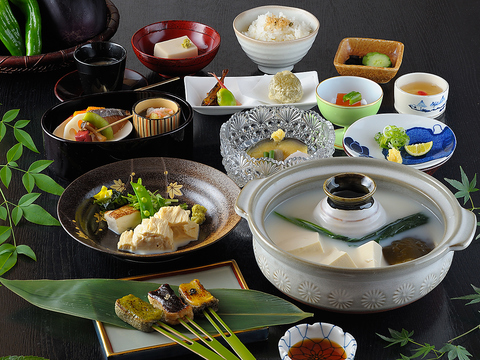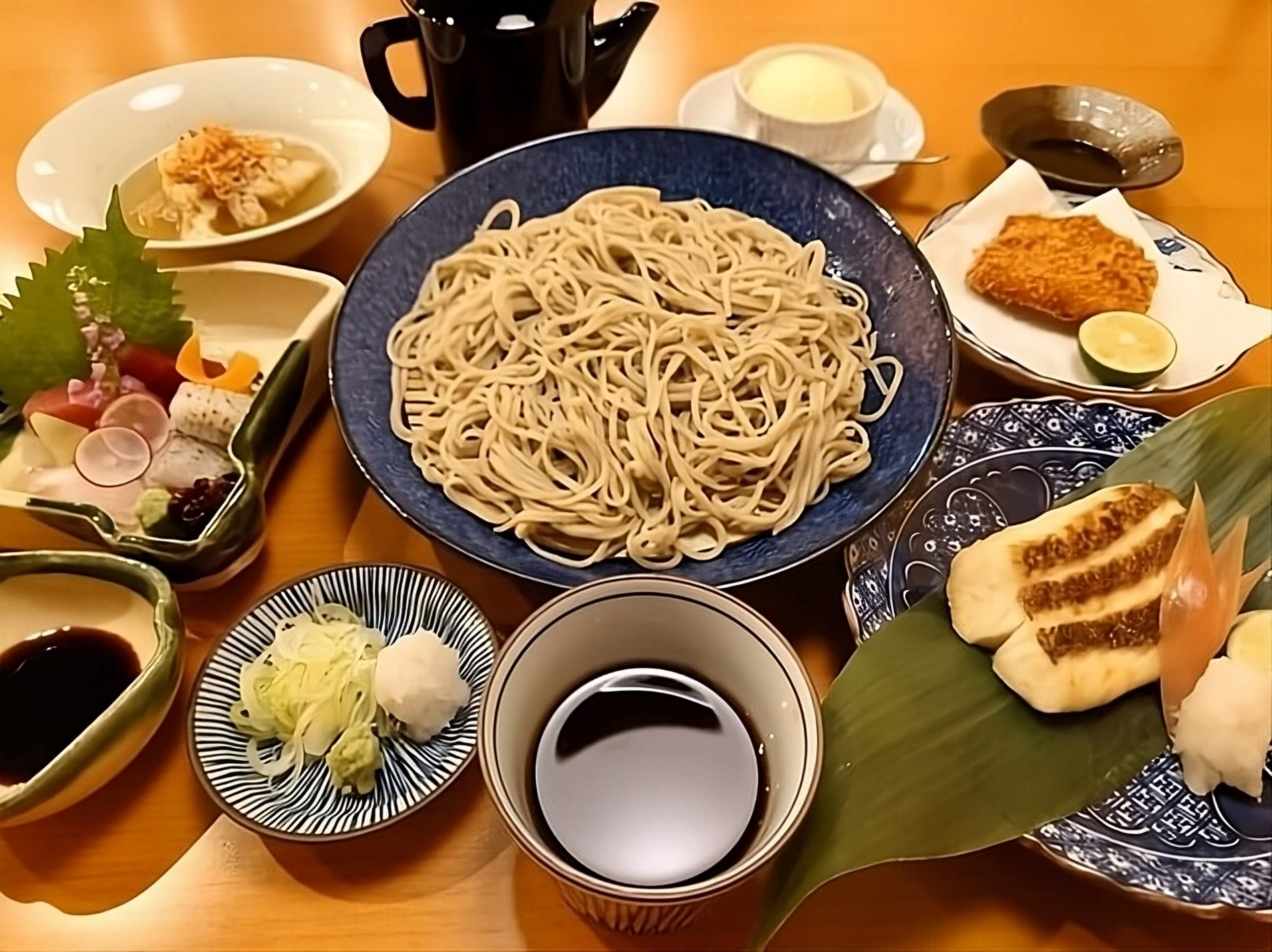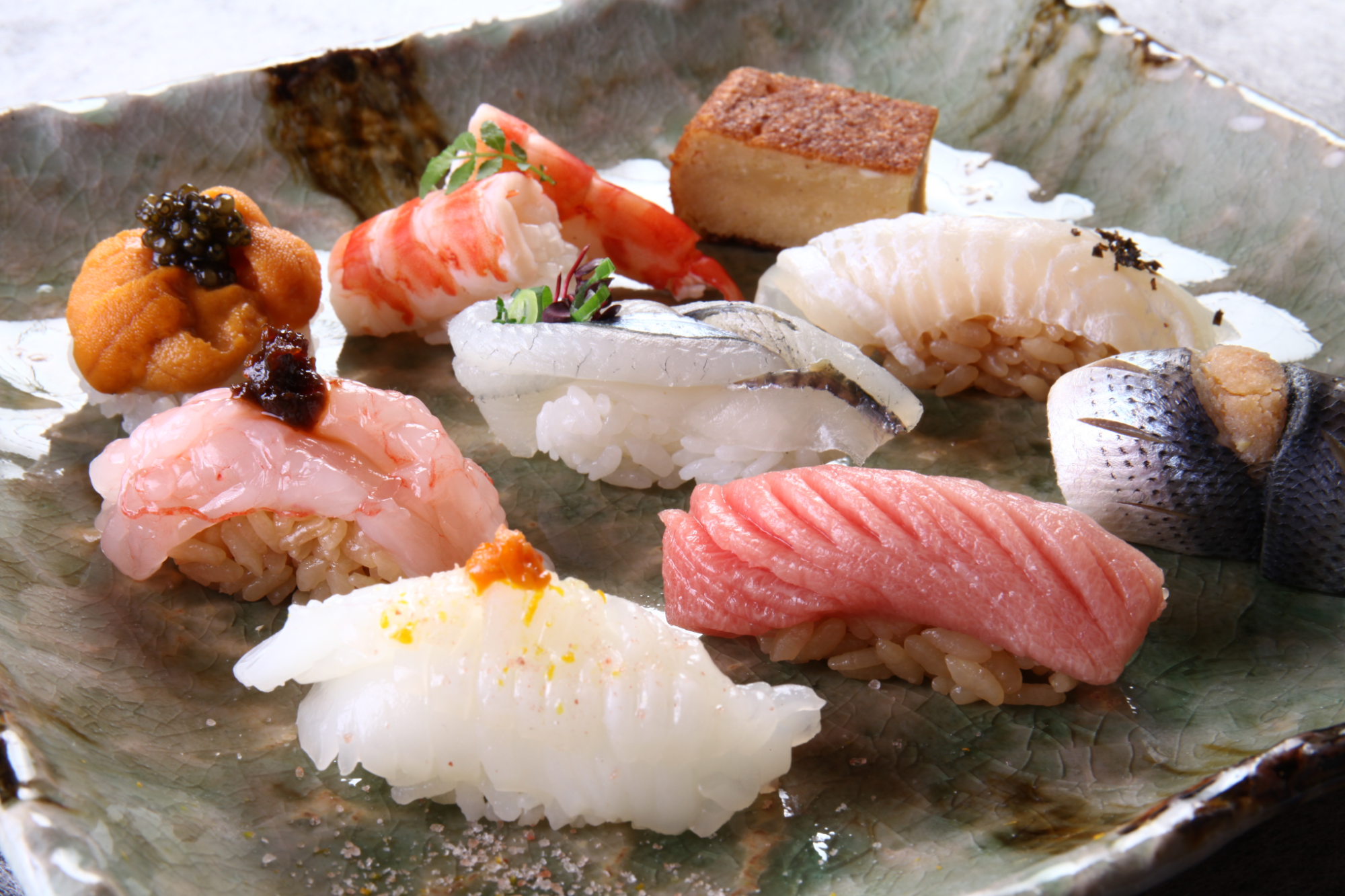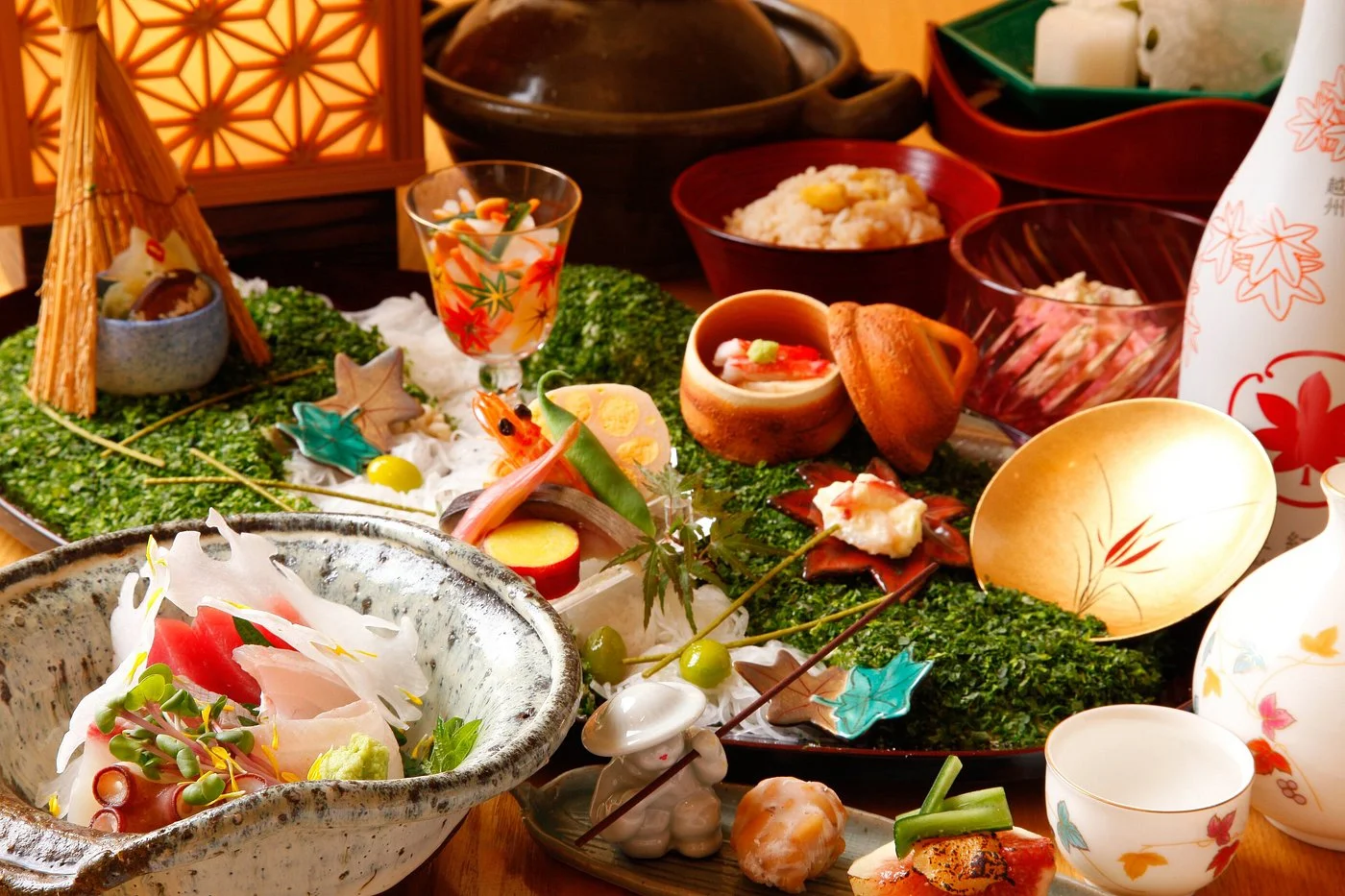Wondered what your everyday life would be like if you lived in a traditional Japanese house (machiya)? Watch the video below as we follow Toshihiro-san as he shows us his historical Japanese house (a family residence).
Glance into his life living inside of a traditional machiya house, and how he preserves the lifestyle that comes with living in a traditional property over 100 years old. He teaches us about the importance of preserving the past, and how he enjoys using a traditional Japanese okudosan kitchen in his day-to-day life.
This historical Japanese house is recognized as a “National Registered Tangible Cultural Property” and as an “Important Landscape Structure” by Kyoto City. Learn more about how this Japanese house anchors the past to the present.
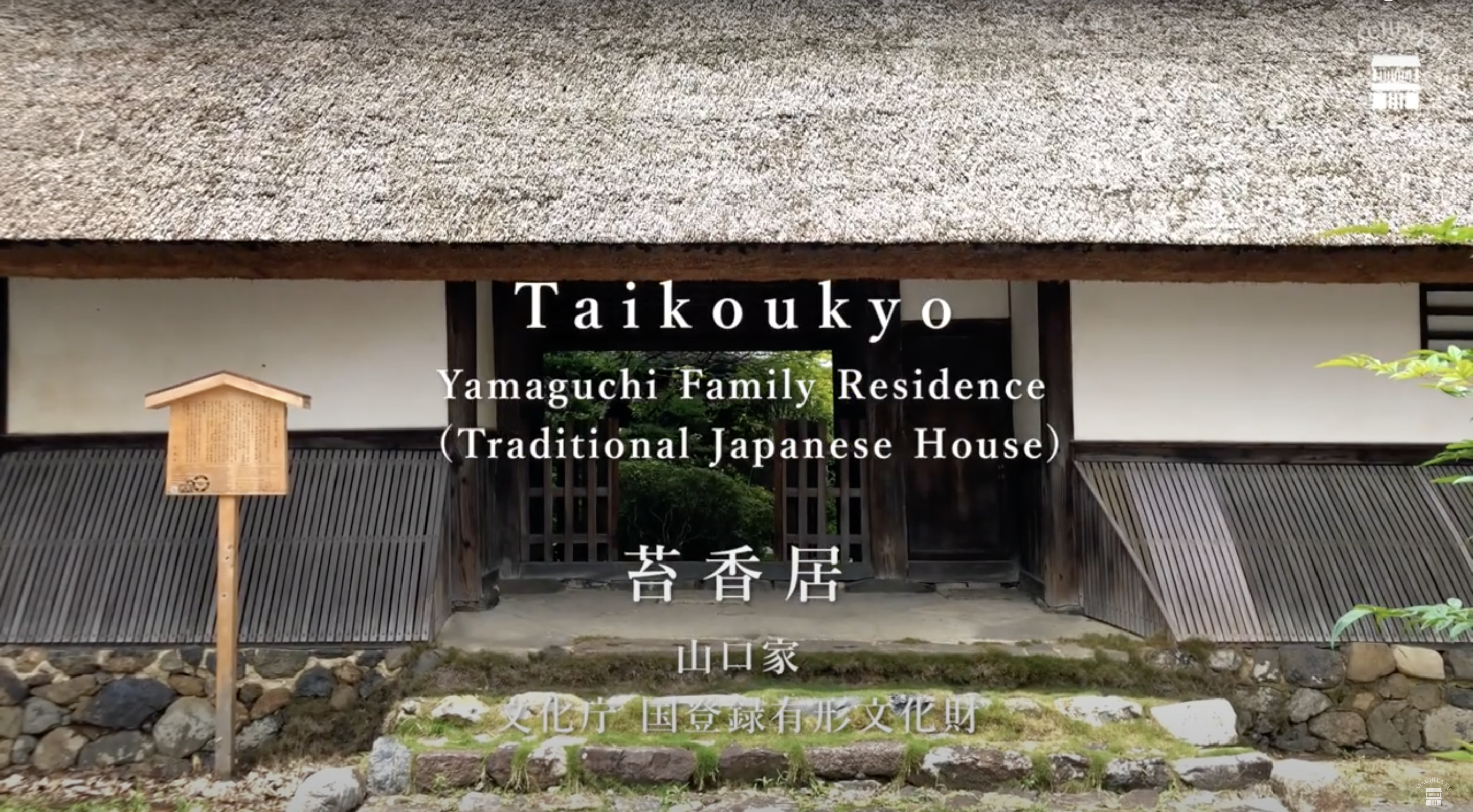
This is Toshihiro-san, a historic preservationist living in Kyoto. Not only does he live in the machiya house, but he helps to maintain the traditional Japanese machiya house, which has been designated as a “Registered Tangible Cultural Property” (文化庁国登録有形文化財) of Japan.
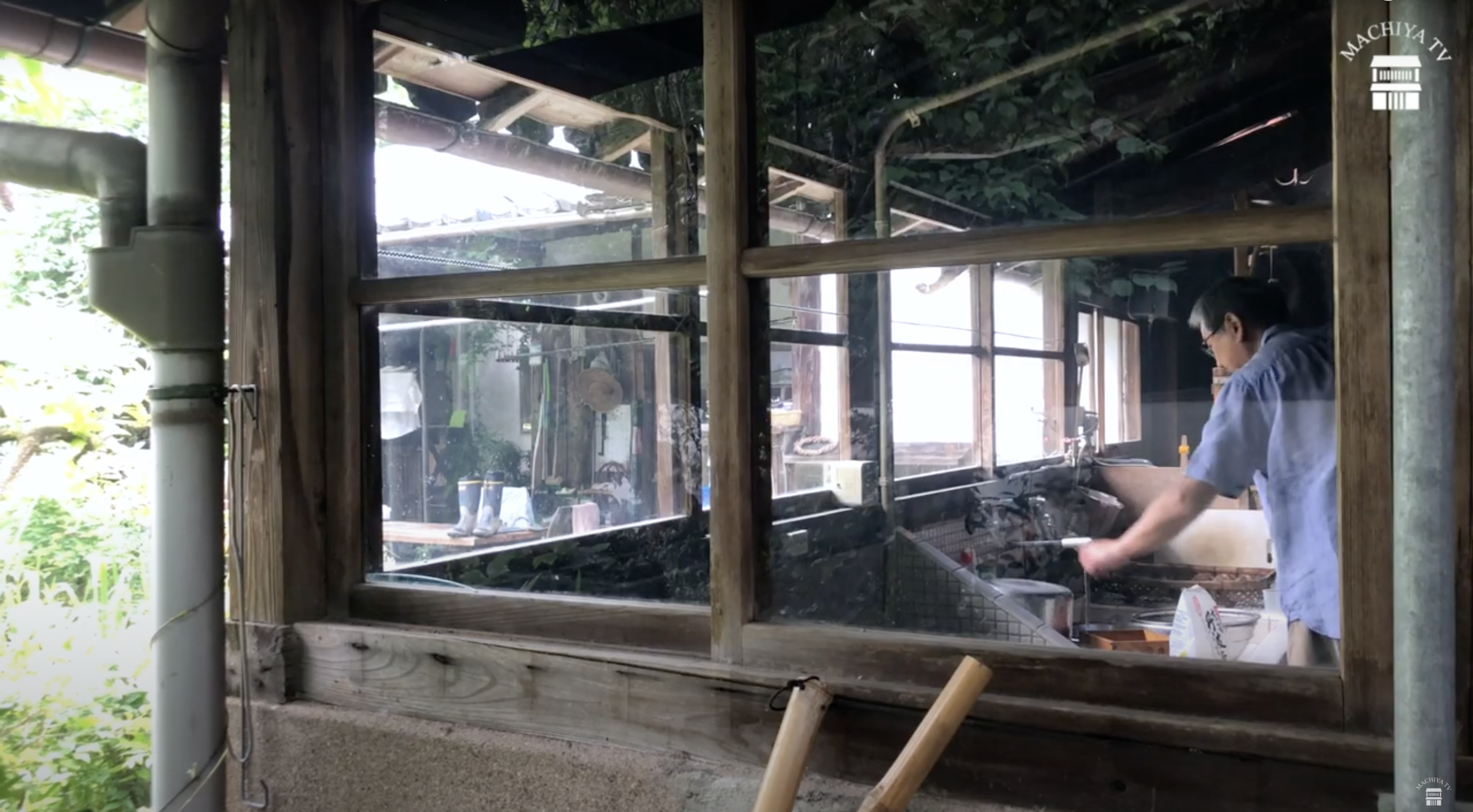
Toshihiro-san explains that he is the 20th generation of his household. His family came to the area (Kyoto) around 400 years ago. The main structure of this machiya architecture was built towards the end of the Edo period, around 120 years ago, while the residential building and the Japanese-style room were built at the beginning of the Meiji period.
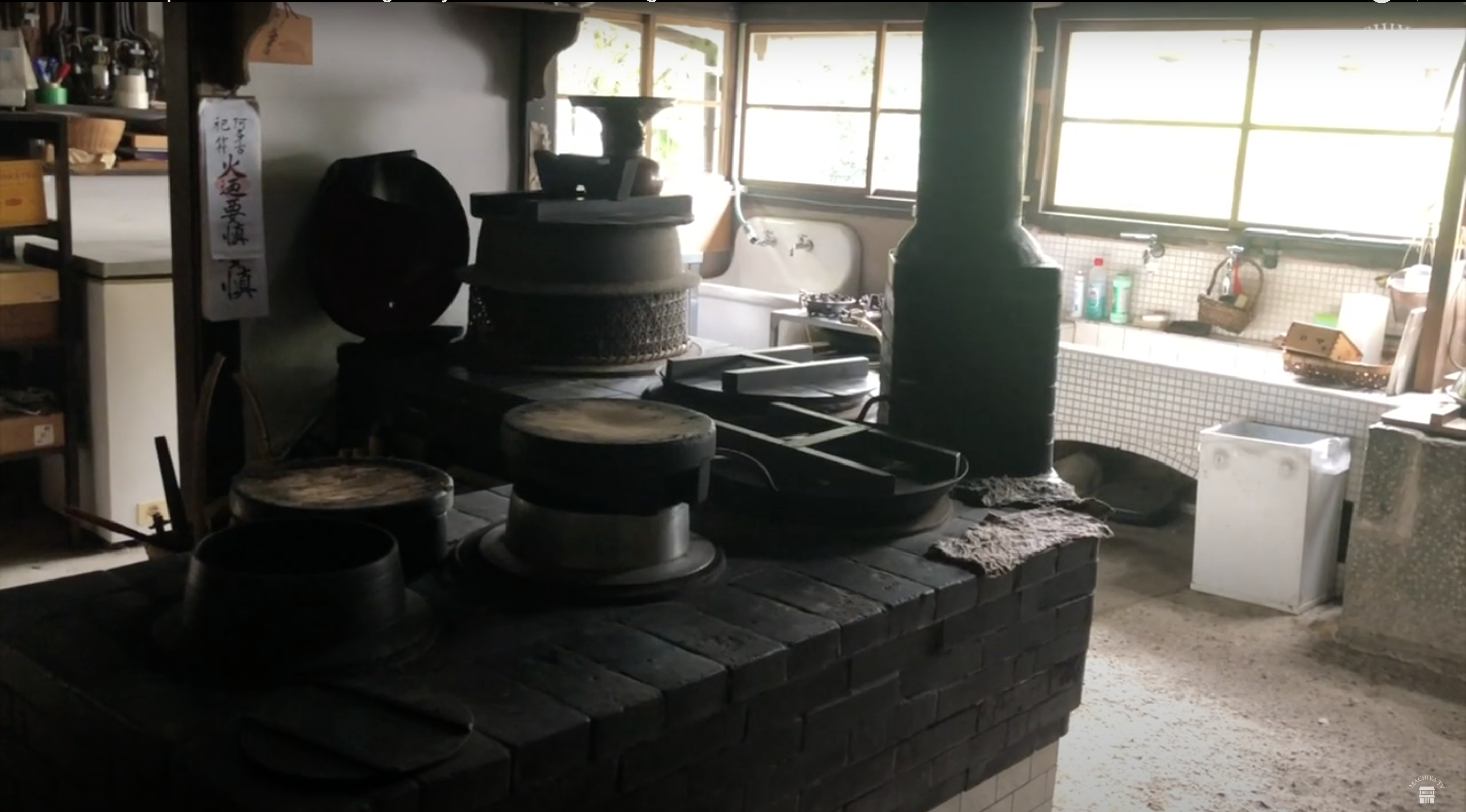
Pictured above is traditional Japanese kitchen known as ‘kudo’ that is one of the main features of this machiya house. The “Kudo” is a kitchen hearth with a Japanese wood stove. However, Toshihiro-san refers to it as an ‘okudo-san’.
He explains, “People in Kyoto place an “o” prefix before and “san” suffix after words to be polite. That’s how it became known as “o-kudo-san”. I think the best dish you can cook on the okudosan is white rice. There is nothing better than plain white rice. Even normal rice that you can buy from the supermarket will be delicious after cooking it here.”
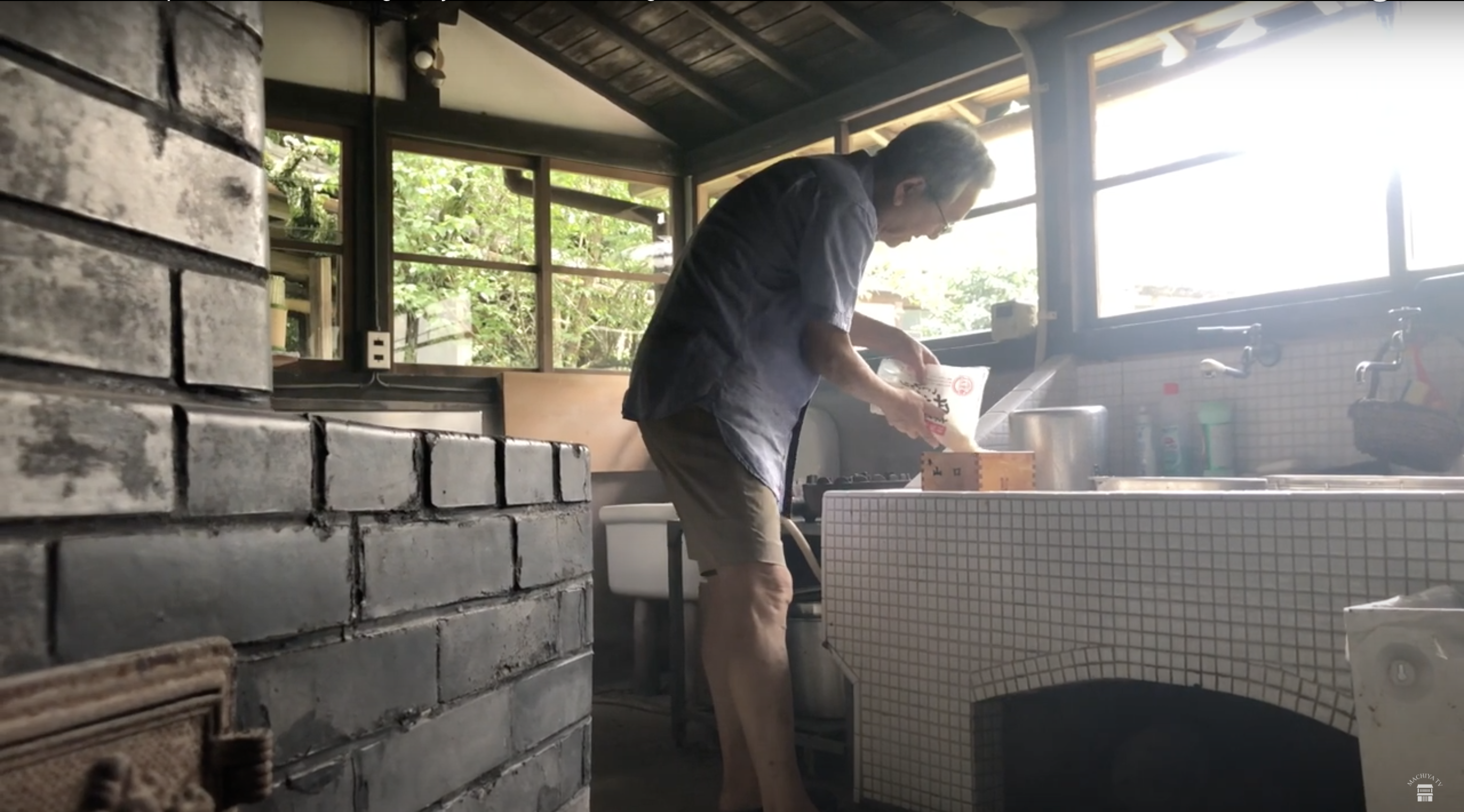
It would be easy enough to live using modern facilities, but what I want to do is return to the lifestyle of 100 years ago. I prefer to not use the air conditioning or the floor heating, and to cook in a place like this, to enjoy and appreciate the traditional Japanese-style of living. It can be inconvenient that there is so much to do.
There is a lot of cleaning and repairing, [but on the plus side] it is easy to live here, as I am surrounded by nature. I can experience the 4 seasons here. There is a lot of nature that surrounds me. Frogs and snakes, centipedes and bees, butterflies and dragonflies.
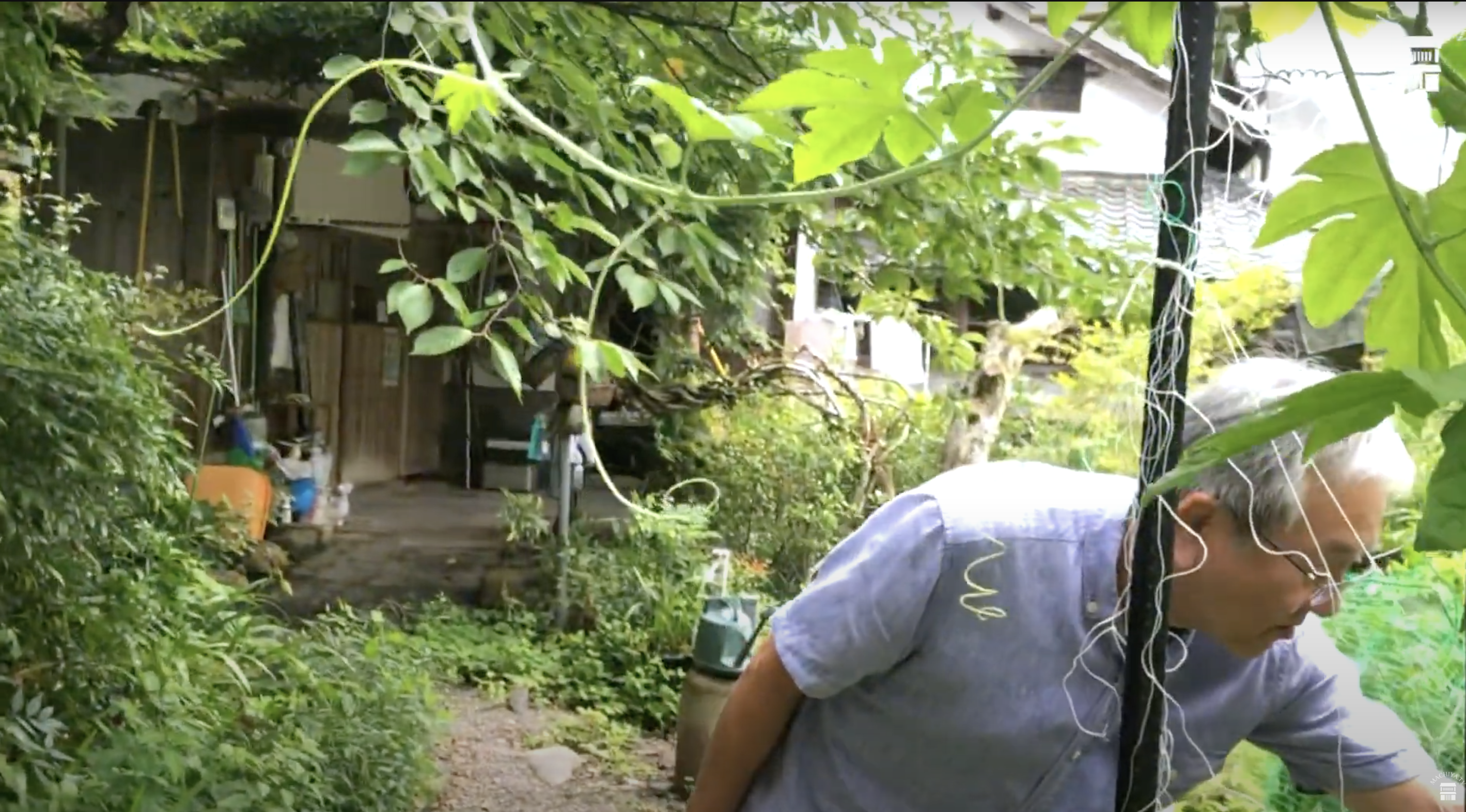
Rent an entire traditional Japanese house during your stay in Kyoto : MACHIYA RESIDENCE INN
It’s important that when I pass this house down to the next generation it is still just as attractive and charming.
Although the house has been recognized as a tangible cultural property, more than that, everything needs to remain fully functional, and in working order. I think that is what is most important for when I pass this house on to the next generations.
You can watch the full video of our tour through this traditional Japanese machiya house, and learn more about Toshihiro-san in the video below:
Make your trip a truly local experience, and go where the locals go. If you're wondering where the locals go to eat when hanging out with family, celebrating with friends, stopping by for an after work drink... look no further.
Machiya Locals Website